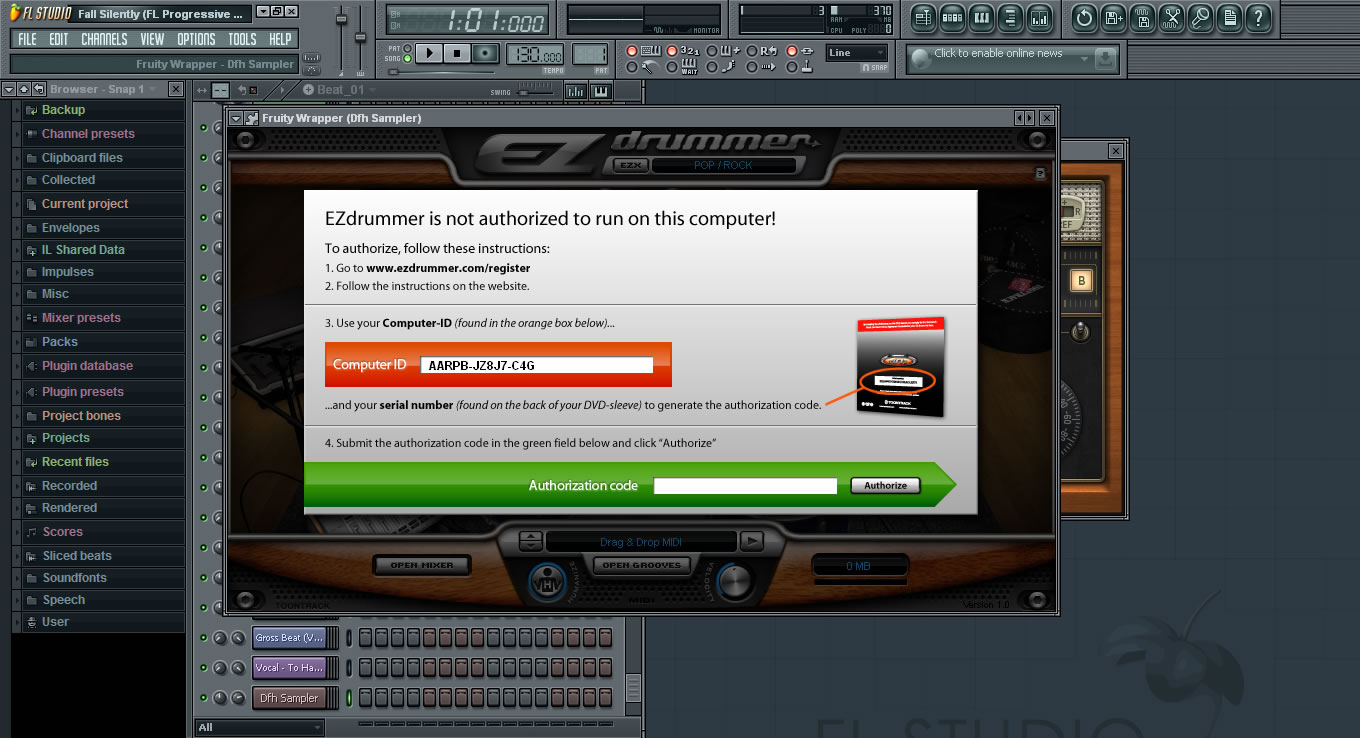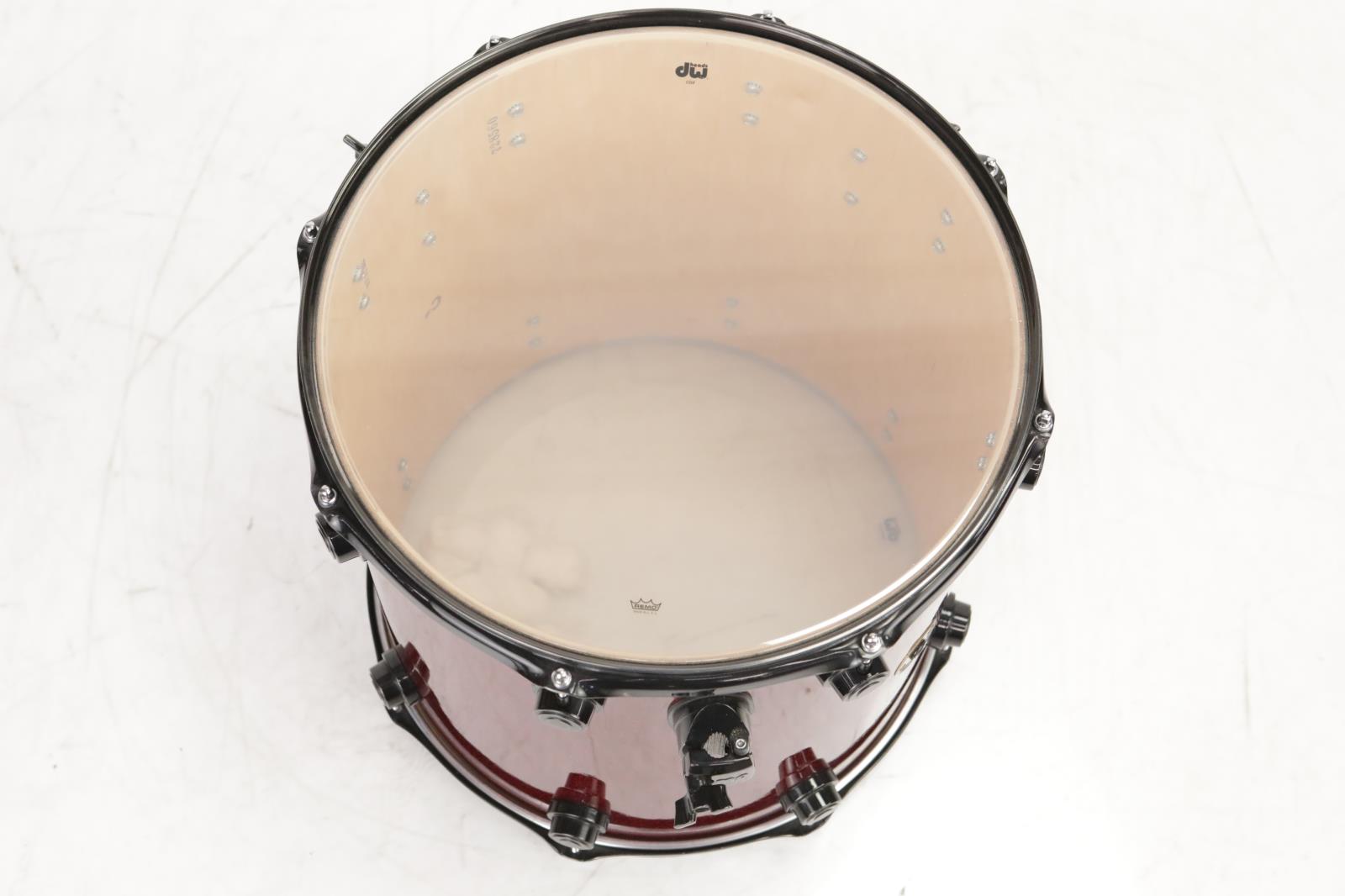

The downsides of rubber pads are their less realistic rebound and their relatively high ambient noise level (compared to mesh-head pads), but their lower price, and increased durability, still makes them a better choice in some cases. More expensive kits don't include any rubber pads at all any more. Since the introduction of mesh-head drum pads and cymbal-shaped trigger pads, standard rubber pads are only used as tom-tom and (until recently) bass drum trigger pads on Roland's less expensive drum kits. Round rubber pads were introduced with the TD-7 drum module in 1992 (previous Roland pads were polygonal) and were universally used as trigger pads for drums and cymbals.

Roland's three-way cymbal pads (CY-12R/C, CY-13R and CY-15R) work this way, the piezo triggers the bow, and the switches trigger edge and bell.

The more expensive ones attempt to emulate the physical properties of acoustic cymbals of various types (e.g.: hi-hat, crash, ride), while the simpler, less expensive cymbal pads are less realistic. There are several models of cymbal pads (also called V-Cymbals). The simpler, more generic type is a rubber pad, which is less expensive, but also looks and feels less like an acoustic drum. Mesh-head pads look very similar to acoustic drums, and attempt to emulate their feel. V-Drums trigger devices are of four major types: mesh-head drum pads, rubber pads, cymbal pads and acoustic drum triggers. V-Drums (Virtual Drums) are a line of electronic drums by Roland Corporation Introduced originally in 1997.


 0 kommentar(er)
0 kommentar(er)
